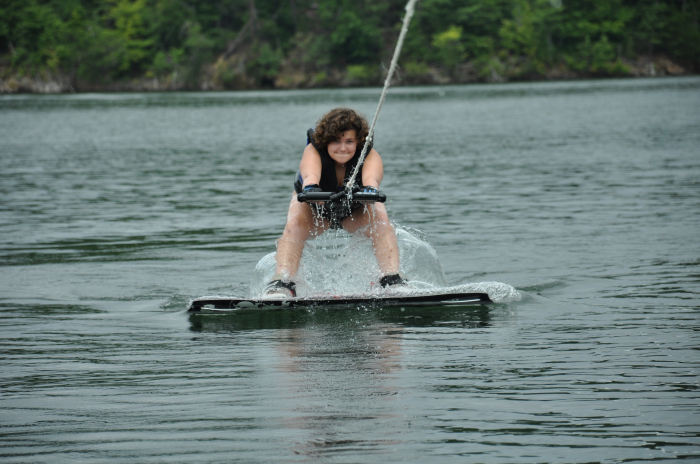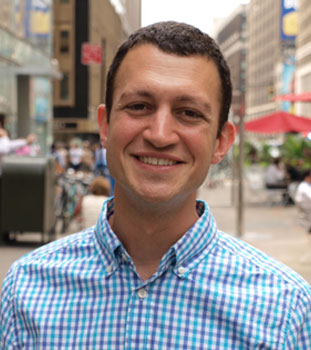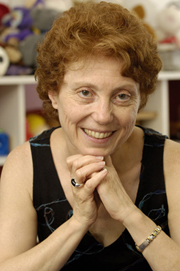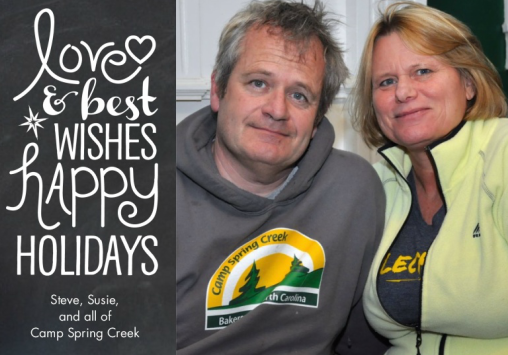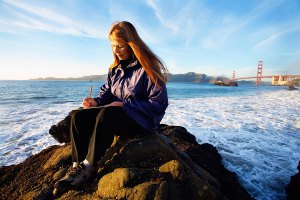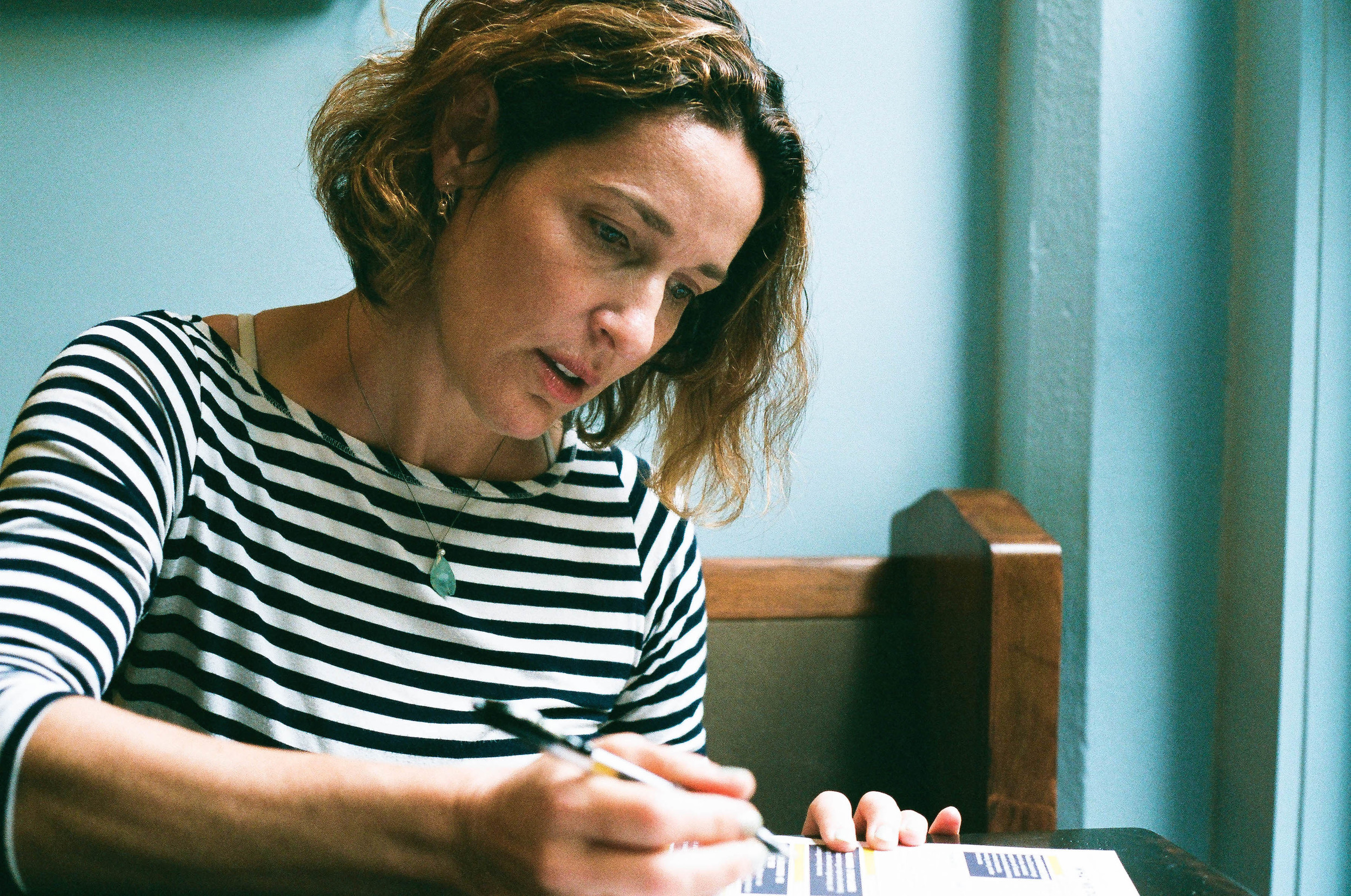 Jen Ramming had no idea that volunteering in a third grade classroom would change her life. “The dynamics fascinated me,” she recalls. “I asked the teacher what I could do to help. One day, she asked me to take three boys, who were disruptive, out of the classroom. We went to the library for books and curled up in the hallway where we took turns reading. Although I realized they were clearly bright and capable, not a single one of these young boys, whose lives had been touched by multi-generational poverty, knew more than five words by sight. One knew the alphabet, but not the sounds. They were learning to read while other kids were reading to learn.”
Jen Ramming had no idea that volunteering in a third grade classroom would change her life. “The dynamics fascinated me,” she recalls. “I asked the teacher what I could do to help. One day, she asked me to take three boys, who were disruptive, out of the classroom. We went to the library for books and curled up in the hallway where we took turns reading. Although I realized they were clearly bright and capable, not a single one of these young boys, whose lives had been touched by multi-generational poverty, knew more than five words by sight. One knew the alphabet, but not the sounds. They were learning to read while other kids were reading to learn.”
Before long, Jen had taken one of the boys under her wing, signing him up to play soccer on her son’s team. Knowing his family’s precarious situation, she made sure Jamer always had enough to eat, and went out of her way to pick him up for games. “The soccer team embraced this young man and his family, offering rides, taking him on family outings and even vacations. Essentially, we became extended family.
Other children followed suit. “Suddenly, there were nine boys and girls, each from a family dealing with the challenges of multi-generational poverty. We were opening doors and the kids were walking through. I felt like we had something going that was replicable for other children.”
From that germ of an idea, Jen helped create a board of directors with a group of concerned parents and professionals from varied fields. Together, they founded OpenDoors of Asheville to help local children reach their potential through individualized networks of support and a ![images[1]](http://static1.squarespace.com/static/572e2bdcd51cd4708373efa6/576841a83f405861058de241/576842583f405861058e01ad/1466450520273/images11.jpg?format=original) host of educational and enrichment opportunities. These opportunities, which range from tutoring to summer camp, are designed to help children begin to invest in themselves and ultimately break the cycle of multi-generational poverty. Jen is proud to serve as the organization’s executive director.
host of educational and enrichment opportunities. These opportunities, which range from tutoring to summer camp, are designed to help children begin to invest in themselves and ultimately break the cycle of multi-generational poverty. Jen is proud to serve as the organization’s executive director.
Having spent time observing Jamer, Jen’s friend Dr. Marcy Sirkin, who owns Arden Reading Clinic North, had a gut feeling he was dyslexic. She then asked colleague Dr. Deirdre Christy to evaluate him. As suspected, Dr. Christy confirmed he was bright and profoundly dyslexic.
With that knowledge in hand, Jen began learning about Individualized Education Plans (IEP) and how to navigate the system and advocate for him. “It didn’t take me long to realize how overlooked and underserved this child had been.”
With Jamer already so far behind in reading, Jen knew a remediation plan had to be put in place. Based on research and conversations with Dr. Sirkin, she believed the most effective solution would be to access an experienced Orton-Gillingham (O-G) tutor.
Jen likes to say she became an O-G groupie when she saw Jamer’s progress. “In one year, he jumped two full grade levels in reading. By the time he was in 8th grade, and being exclusively homeschooled in Orton, he was getting the equivalent of A’s and B’s. If you give children the tools, they become readers who want to learn.”
Jamer’s progress clearly illustrated the benefits of O-G’s multi-sensory approach to teaching reading and writing. Knowing O-G would help OpenDoors children achieve significant gains, the organization began laying the groundwork to fund teacher training within the Asheville City School District that served her young clients.
Drawing on general operating funds, OpenDoors hired O-G Fellow and Camp Spring Creek Co-Founder Susie van der Vorst to train a hand-picked group of Asheville City Schools’ teachers, Since then, OpenDoors has shared the training expenses with Asheville City Schools in addition to securing grants such as the Community Foundation of Western North Carolina “People in Need” grant.
![unnamed[1] (8)](http://static1.squarespace.com/static/572e2bdcd51cd4708373efa6/576841a83f405861058de241/576842583f405861058e01a7/1466450520160/unnamed1-8.jpg?format=original)
Asheville City Schools Teacher Scott Fisher is grateful to OpenDoors for helping him open a door of his own. “O-G training has had a huge impact on my understanding of the English language, and on developmentally appropriate practices for reading and writing. I now have a much stronger grasp on the spelling patterns of our language, and can accommodate more student inquiries than I was able to in the past. I am more capable of keeping my entire class engaged in our learning because I can slip slightly more advanced rules and patterns to those students who are ready, while still reinforcing basic phonetic instruction for the entire class.”
OpenDoors prioritizes training for kindergarten, first and second grade teachers. “Early intervention is critical, especially for children living in poverty,” Jen says. “Research has shown that teaching reading to children from multi-generational poverty is often like teaching them a second language because they’ve not had as many language enriched experiences as a child whose family has ample resources. They grasp so much more when the words are broken down using a multi-sensory approach.”
While OpenDoors is working to determine the best methods for capturing data to detail student and teachers success, of this they are certain – since incorporating O-G, there is a clear rise in reading levels, self-esteem, improved behavior and attendance among OpenDoors students.
“If you take away the financial barriers, parents throughout the country choose the O-G approach to help their children who struggle to read,” Jen says. “It’s one of the only research based methods proven to meet children where they are and give them the tools they need to become confident readers and writers. It’s not just what children with financial means need; it’s what all children need.”
According to literacy experts like Dr. Sally Shaywitz, all children can learn to read. “We understand that 95% of our nation’s children can learn to read on grade level, and the other 5% can learn to be functionally literate with appropriate support,” Jen notes. “It’s important to set the bar at 100% literacy using proven strategies for teaching because illiteracy is akin to a life sentence.”
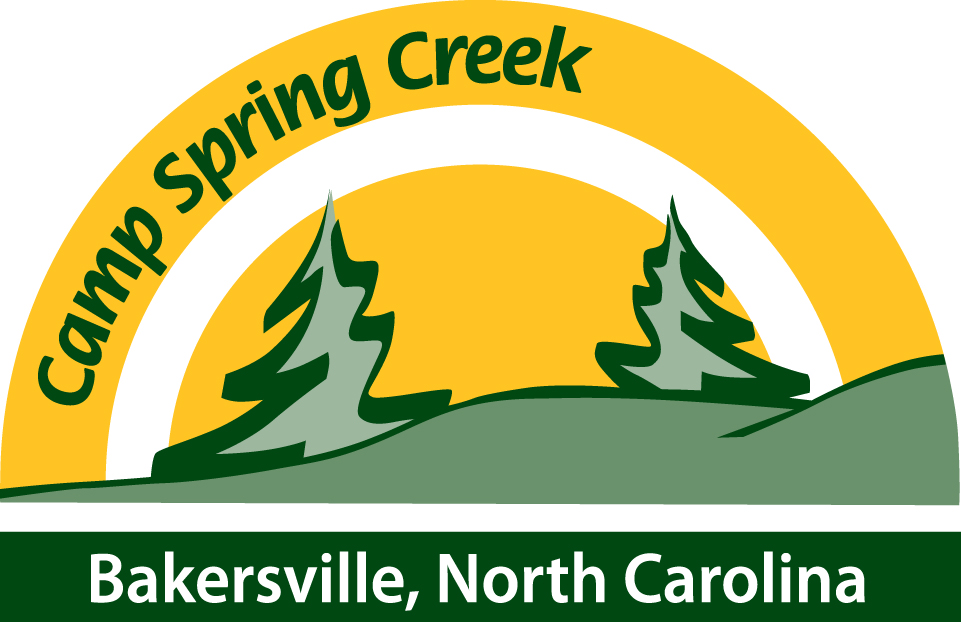
 Today’s interview features inspiring individual
Today’s interview features inspiring individual 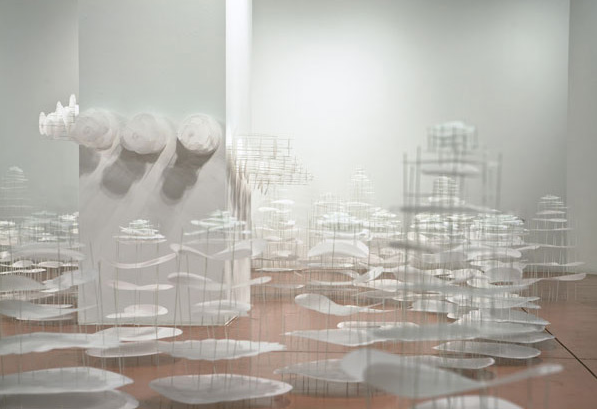
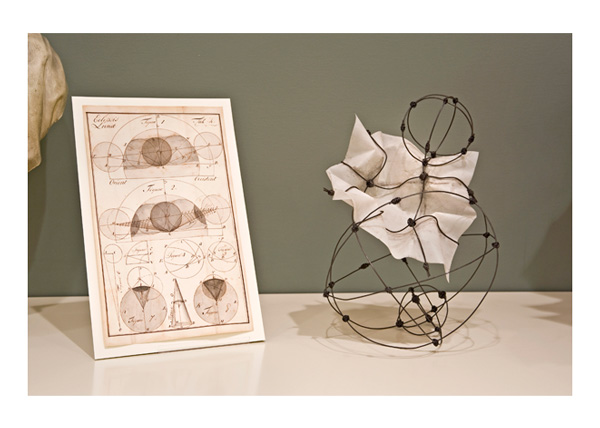
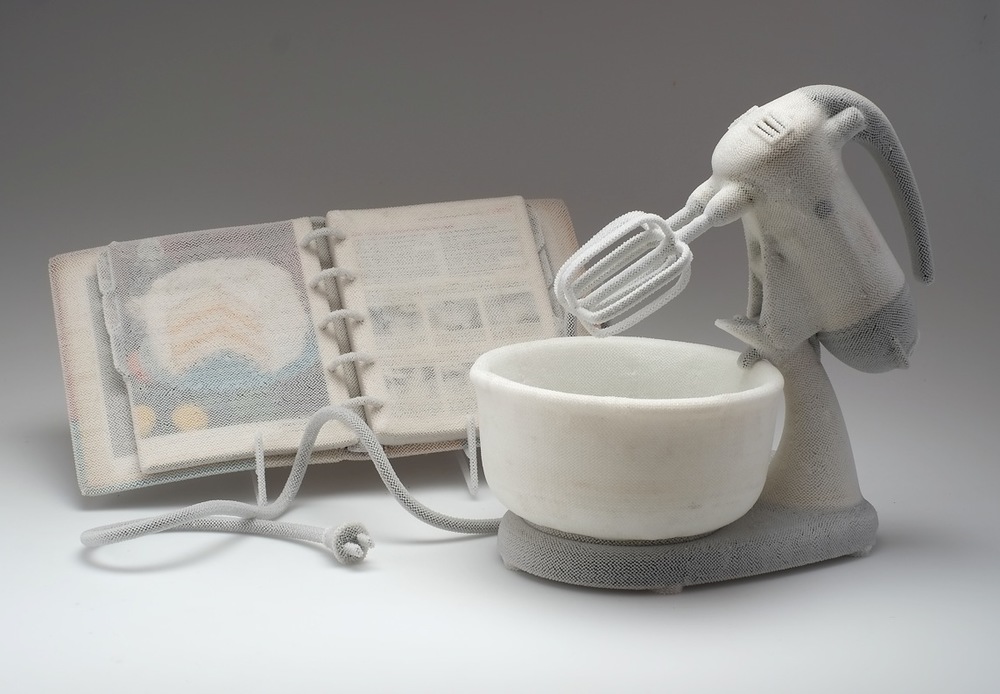
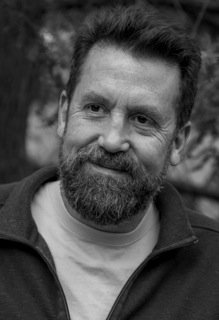 exia over the years? How has this shaped your experience of the world?
exia over the years? How has this shaped your experience of the world?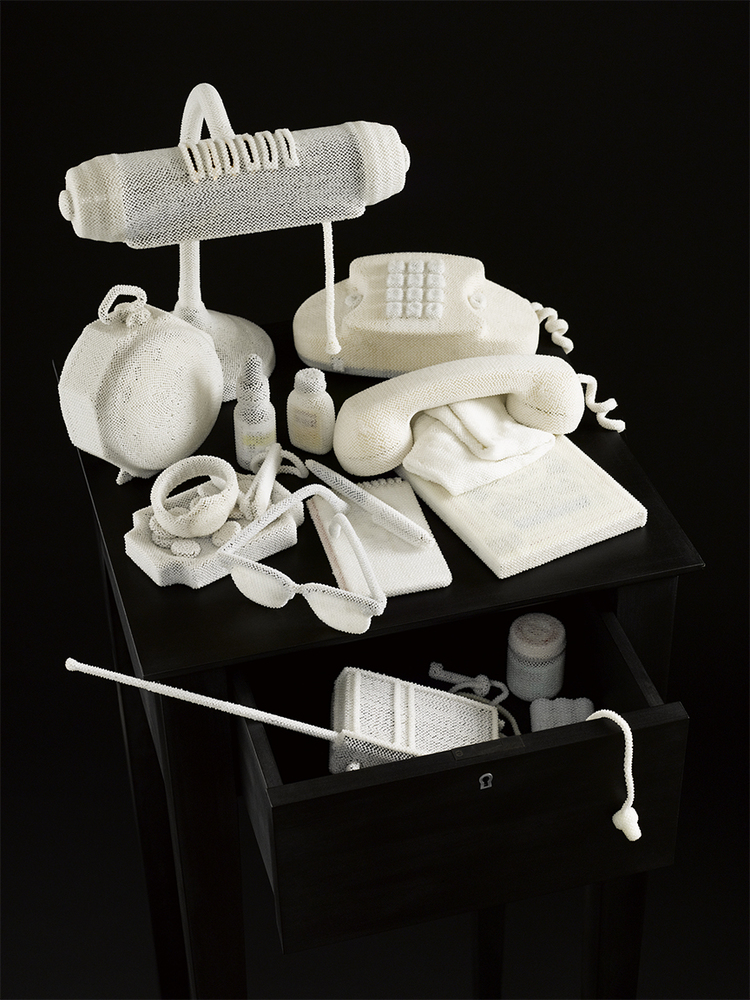
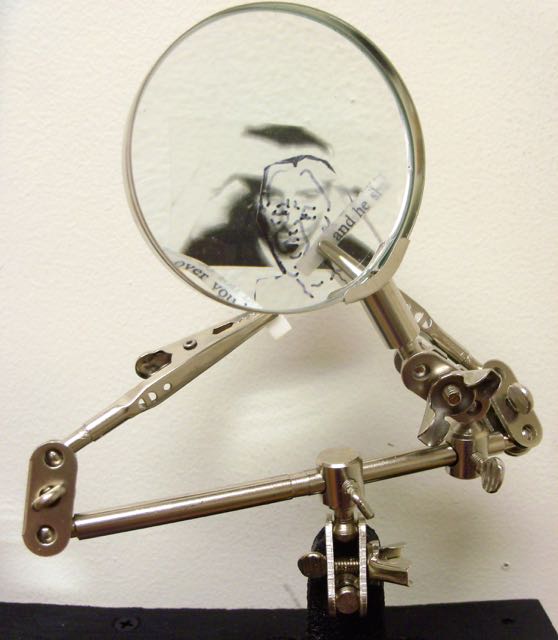 Today's interview features inspiring individual
Today's interview features inspiring individual 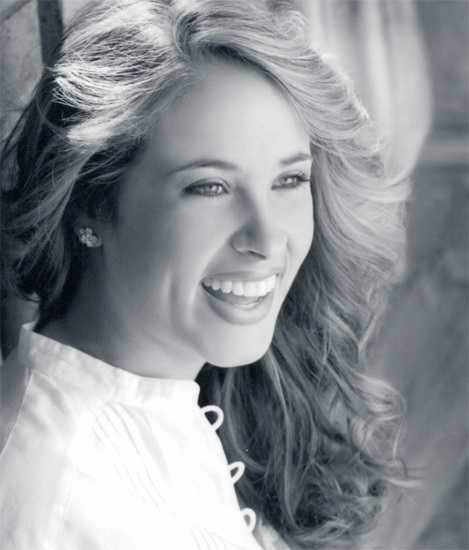 Today’s interview features inspiring individual
Today’s interview features inspiring individual 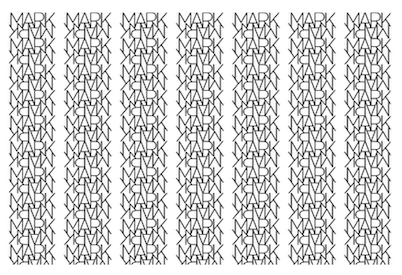
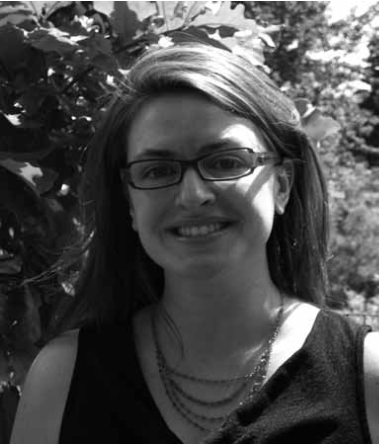 Today’s interview is with
Today’s interview is with 
 Today's interview is with
Today's interview is with 

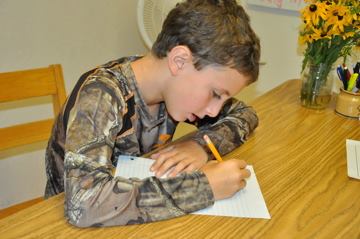 Ben’s full story is
Ben’s full story is 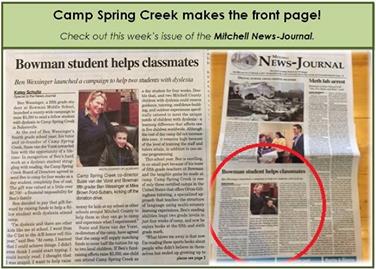 This feature article was originally published on the front page of the Mitchell County News. We've omitted the camper's last name and for this online version, but are delighted to share Ben's exciting news and support him in his
This feature article was originally published on the front page of the Mitchell County News. We've omitted the camper's last name and for this online version, but are delighted to share Ben's exciting news and support him in his 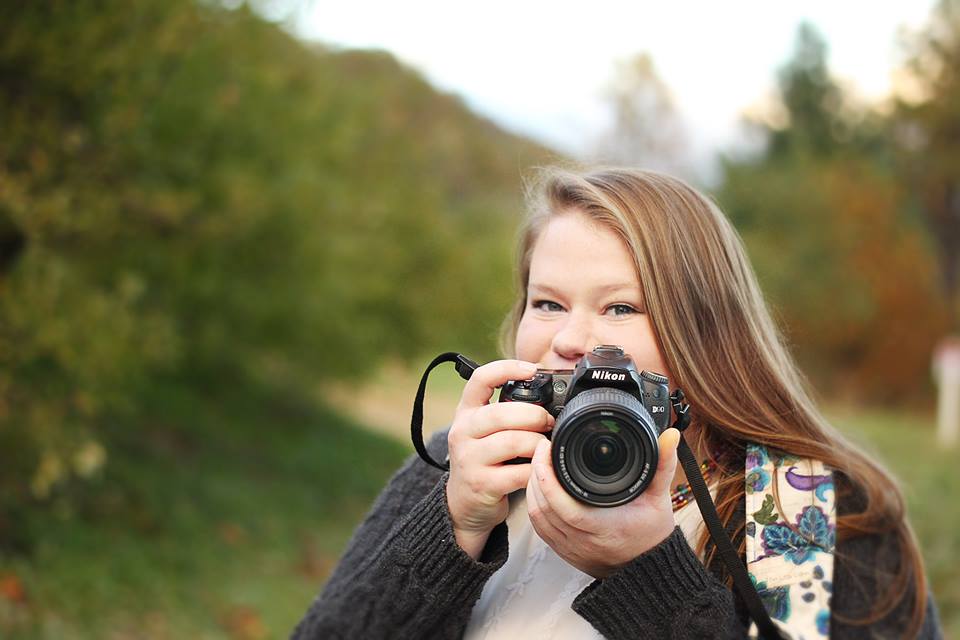 If you ever wondered what it's like to grow up at a summer camp, I am the perfect person to ask. Being the daughter of Susie and Steve, I have spent practically every summer of my existence tucked away in the mountains of North Carolina at Camp Spring Creek. When Camp Spring Creek was founded, I was only five years old and the campers seemed like giants to me. Since then, I have filled the role as camper, dishwasher, kitchen helper, art assistant, typing teacher, and--as of two summers ago--photographer.
If you ever wondered what it's like to grow up at a summer camp, I am the perfect person to ask. Being the daughter of Susie and Steve, I have spent practically every summer of my existence tucked away in the mountains of North Carolina at Camp Spring Creek. When Camp Spring Creek was founded, I was only five years old and the campers seemed like giants to me. Since then, I have filled the role as camper, dishwasher, kitchen helper, art assistant, typing teacher, and--as of two summers ago--photographer.